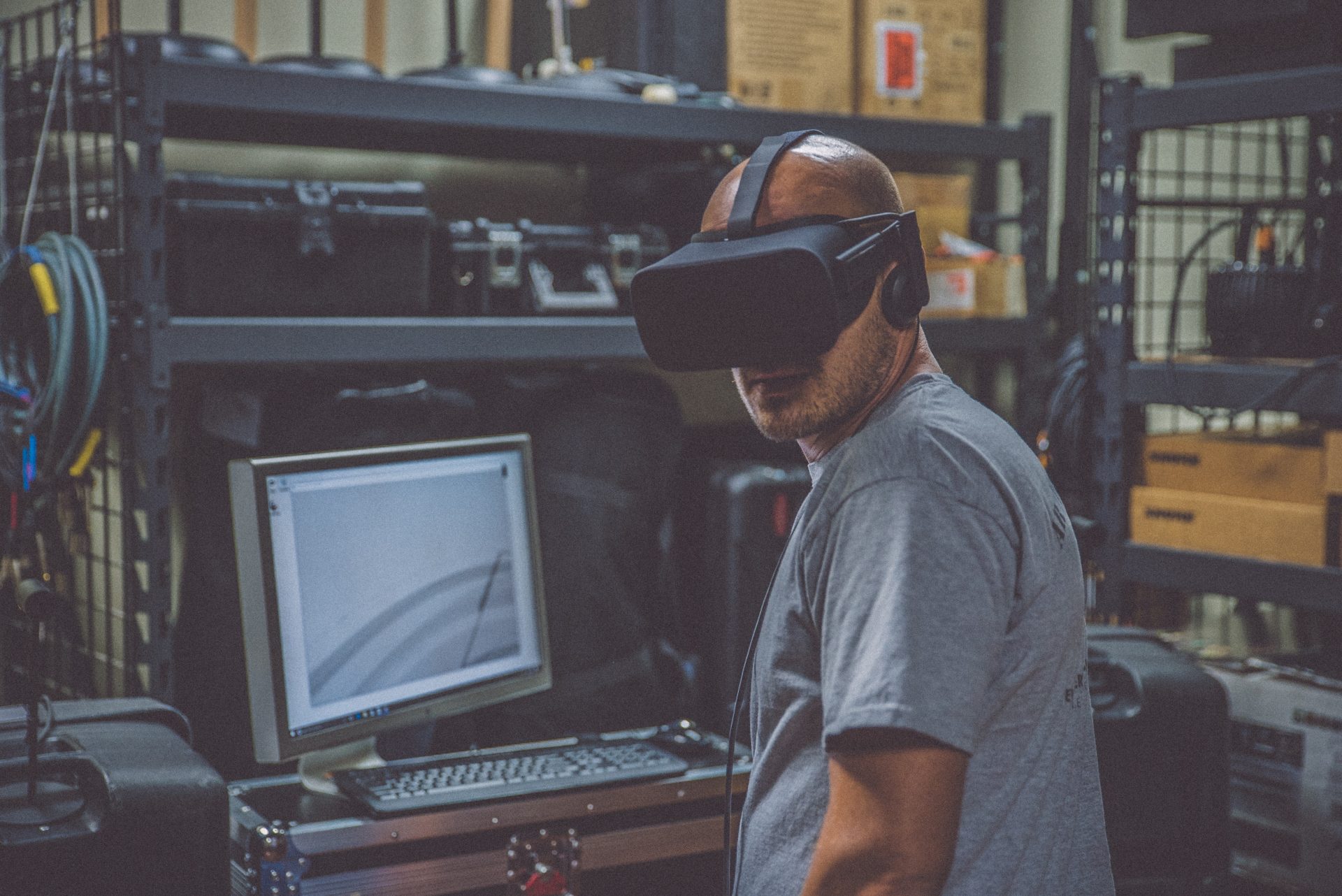VR seems to have an impact across a broad range of industries, be it e-commerce, medicine, gaming, and even politics.
Virtual reality (VR) is not your traditional and rather passive experience – it doesn’t really allow you to look away and it keeps you engaged throughout the entire time. And, while the medium is yet to mature on this topic, it goes without saying that we are at a point where VR could be used effectively throughout a range of different fields.
From engaging voters to running heavily engaging advertisements, from playing games to testing out clothes from an e-commerce store at home and many more, VR seems to have an impact across a broad range of industries.
We already see businesses such as Walmart, medical schools and fire departments using VR for training purposes. Leading virtual reality development companies like Singapore’s Swag Soft, for example, outline immense opportunities of applying the technology even further. In their own words “Virtual Reality Development can be applied towards many disciplines – such as gaming, marketing, entertainment, education, engineering, fashion, training, art, simulation and many more.”
And while the hype continues to build up, there are still quite a lot of misconceptions associated with this technology. The conventional wisdom that it’s not yet compatible with the necessities of today seems to be prevailing. That’s why we’re here to debunk 5 popular myths surrounding virtual reality.
Let’s have a look.
Myth #1: VR is a Flinch
A few years ago, back in 2014, Facebook acquired Oculus VR for whopping US$2 billion, making bold statements that they hope for a future where you’d be able to interact with your friends virtually instead of just looking at their pictures.
While this seemed a bit far-fetched back in the days, it seems that VR is rapidly living up to this technology. Let’s run the numbers. Back in 2007 Steve Jobs announced the first generation of the iPhone. To this day people see this as the biggest leap forward in mobile technologies. Media went crazy, publicity reached unseen heights and all this lead to an astonishing 700,000 iPhones sold the first weekend. By the end of the year, the number reached 6.129 million.
Let’s compare this to the first year of sales of Samsung’s Gear VR. By April of 2016, news stories were floating, claiming that about 1 million people used the Gear VR with about 30% of this being in Europe. However, Samsung were quite tightlipped about their sales. In January, 2017, we finally came to find out that the company had sold 5 million units in 2016.

Projected virtual reality headsets unit sales worldwide in 2016 (in million), by device (Source: Statista)
As you can see from the chart, this is just Samsung’s Gear VR sales. Looking at the industry in general, there are more than 10 million units sold in 2016 alone. It’s quite obvious that VR is taking the world by a storm and it’s far more than a temporary flinch or fad.
Myth #2: VR is for Avid Gamers Only
While it’s true that the gaming industry seems to have made the most out of VR technology so far, this is far from being its only designation. As a matter of fact, we are already seeing tremendous breakthroughs in the application of the technology across the board.
VR could be used to deliver risk-free surgical training for physicians – something that could disrupt the entire medical field. It could be used to engage students in lifelike history lessons, to liven up the stiff theory and display what they are being taught in actuality. The examples are numerous.
Myth #3: VR Can Cause Motion Sickness
Unfortunately, VR headsets have somewhat of bad reputation for causing nausea and making people rather queasy. While that might have been true years ago, the technology, in general, has come a massively long way ever since.
The truth is that current VR gear delivers high-res displays with cutting edge head-tracking capabilities. Most people are able to enjoy a myriad of VR experiences without any ill effect whatsoever.
There are quite a lot of product reviewers out there who would provide actionable, product-specific and researched information on this specific topic. As such, users are able to make informed decisions associated with the headset of their choice and whether or not it’s suitable for them. What is more, the wide majority of tech stores would allow you to test out the gear prior to making a purchase, so you can make sure it’s something you are comfortable with.
Myth #4: VR is Developed Recently
The fact is that VR has actually been around for more or less than a century. Believe it or not, the first VR headset, so to speak, was actually invented back in 1968. The guy responsible for it is Ivan Sutherland. With his student Bob Sproull, they fashioned “The Sword of Damocles”.
Of course, the technology was hands-down primitive compared to what we have today, but it shows that VR is far from being a new concept.
Myth #5: VR is Isolating
While seeing someone hiding behind a face-gear might seem quite odd and wholeheartedly weird at first glance, the truth is quite different.
VR could be used to enable us to interact with our friends in a sense that’s much more engaging than the current reality. As a matter of fact, it won’t be an overstatement to say that VR is actually more social than any other social platform that we have available to us today.
There you have it. These are the most popular myths surrounding this otherwise epic technology. In a nutshell, VR is here to stay; It has a potential of being used throughout every single industry, gravely enhancing possibilities accordingly.
